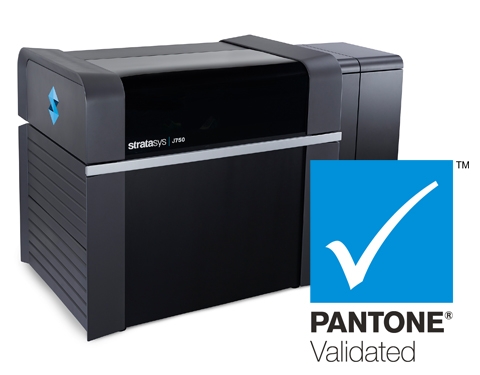3D Printing with Pantone® Colors
Bring Your Most Imaginative Ideas to Life
If seeing is believing, holding something this vivid is knowing for sure.
Stratasys J735 and J750 deliver unrivaled aesthetics to your brightest ideas and boldest ambitions with true, full-color capability, texture mapping and color gradients. 3D print prototypes that look, feel and operate like the finished products in multiple materials and colors without sacrificing time for intricacy and complexity. Better communicate designs with vivid, realistic samples, and save on manual post-processing delays and costs.
Stratasys J735™ and J750™ printers are PANTONE Validated™. This validation makes the Pantone Matching System (PMS) Colors available for the first time in a 3D printing solution. It provides a universal language of color that enables color-critical decisions through every stage of the workflow for brands and manufacturers. It helps define, communicate and control color from inspiration to realization.
This is the first additive manufacturing technology that offers professional design realism. Pantone, a leading global authority on professional color standards in multiple vertical industries helps designers, modelers, and manufacturers all over the world accurately define, communicate, and consistently reproduce colors. Using a simple workflow, Stratasys CMYK colors can be matched to 1,970 printable Pantone Colors, Solid Coated, and SkinTones™. 3D printing with Pantone reduces time and costs significantly and ensures superior color fidelity.
Color matching to Pantone Colors in a single click from the GrabCAD Print software provides a quicker, more realistic expression of color in your models and prototypes, saving hours over traditional paint matching or iterative color matching processes.
Multiple material selections mean you can load up to six materials at once, including any combination of rigid, flexible, transparent or opaque materials and their components.
Double the number of print nozzles in print heads means you can produce ultra-smooth surfaces and fine details with layer thickness as fine as 0.014 mm—about half the width of a human skin cell.




